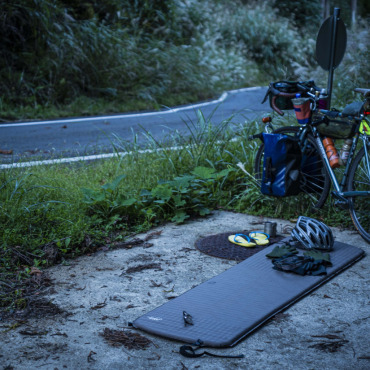
A Crazy Journey Returns: Setting Sail for the 2025
#01 Before Dawn
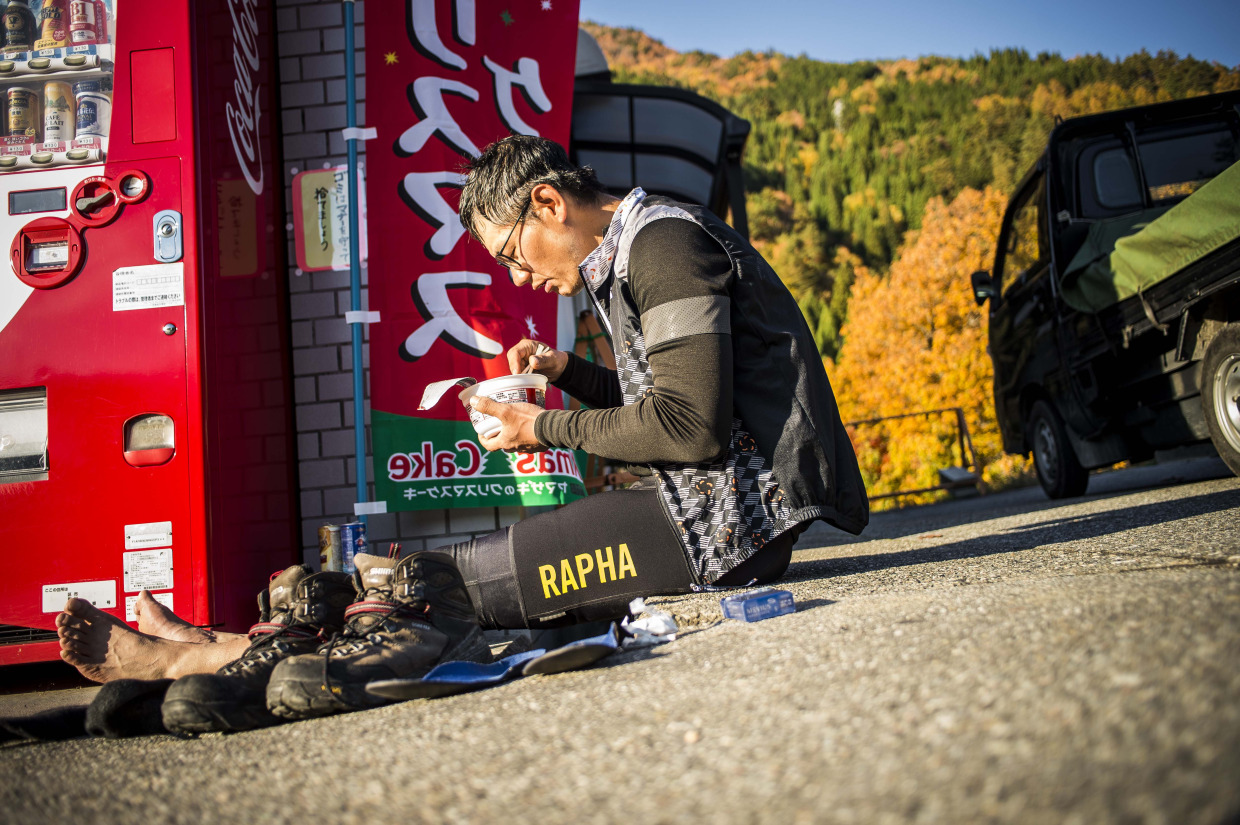
Table of Contents
1. Checkpoints and Segments
2. The “Subtlety” of the Route
The 2016 event begins at Nihonbashi in Tokyo and passes through 11 mountain checkpoints (CP) scattered across various regions of Japan. Riders aim to reach the final destination, Dotonbori in Osaka, within two weeks.
The total distance is approximately 2,500 to 3,000 km.
The level of craziness has certainly increased compared to the previous year.
Nihonbashi to Dotonbori—usually a familiar route along the Tokaido, should only be about 550 km using Route 1.
So, how does it become 3,000 km? The key to this puzzle lies in the checkpoints.
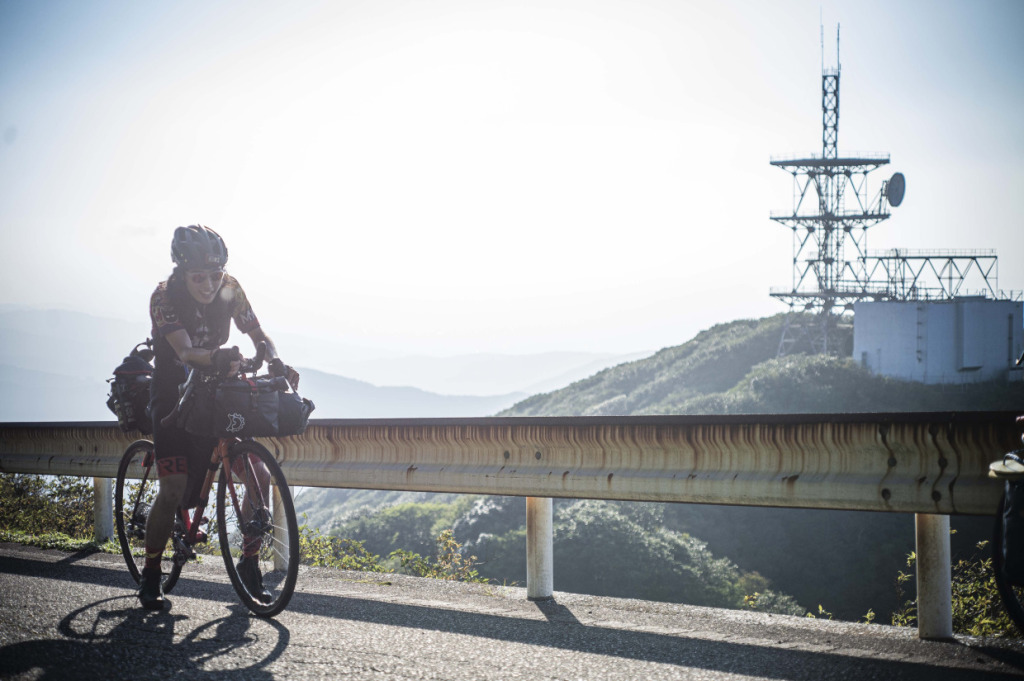
Here are the CPs that were required for completion in 2016.
The Japanese Odyssey 2016 – All Checkpoints:
① Mount Kusatsu-Shirane (Gunma)
② Mount Haruna (Gunma)
③ Oogawara Pass (Nagano)
④ Mount Nyukasa (Nagano)
⑤ Mount Norikura (Nagano)
⑥ Mount Kiso Ontake (Nagano)
⑦ Mount Odai-ga-hara (Nara/Mie border)
⑧ Mount Tsurugi (Tokushima)
⑨ Tengu Plateau (Kochi)
⑩ Mount Sasayama (Ehime/Kochi border)
⑪ Mount Azouji (Shimane)
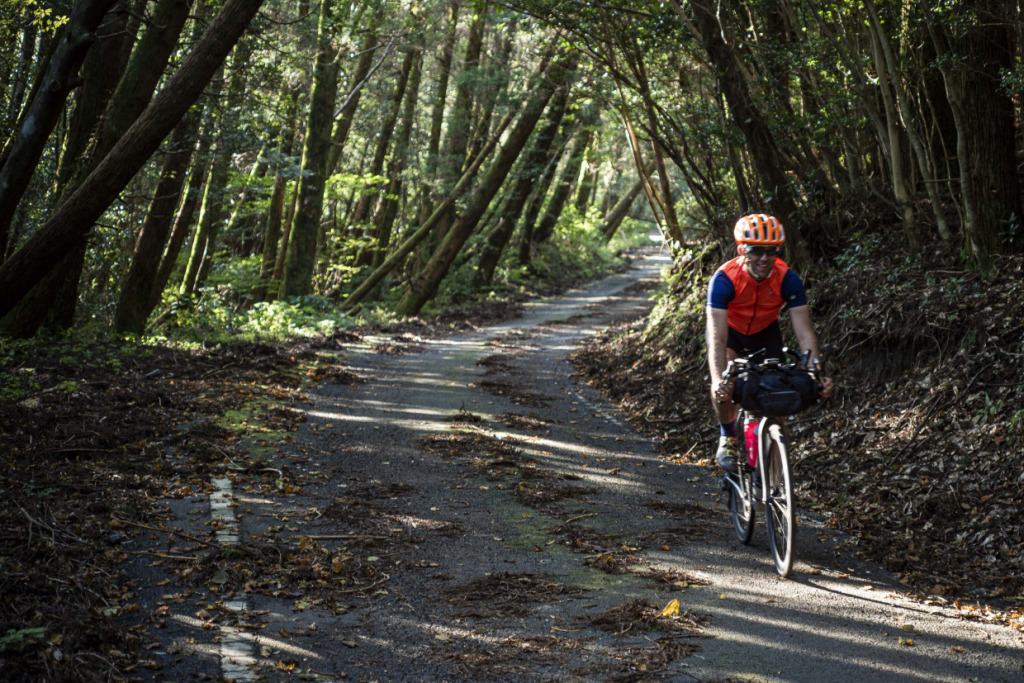
These checkpoints are high-intensity, long-distance climbs that would delight any cycling enthusiast.
They are spread widely and, at times, cruelly across Honshu and Shikoku.
It’s easy to imagine the considerable challenge participants face in pre-planning their routes.
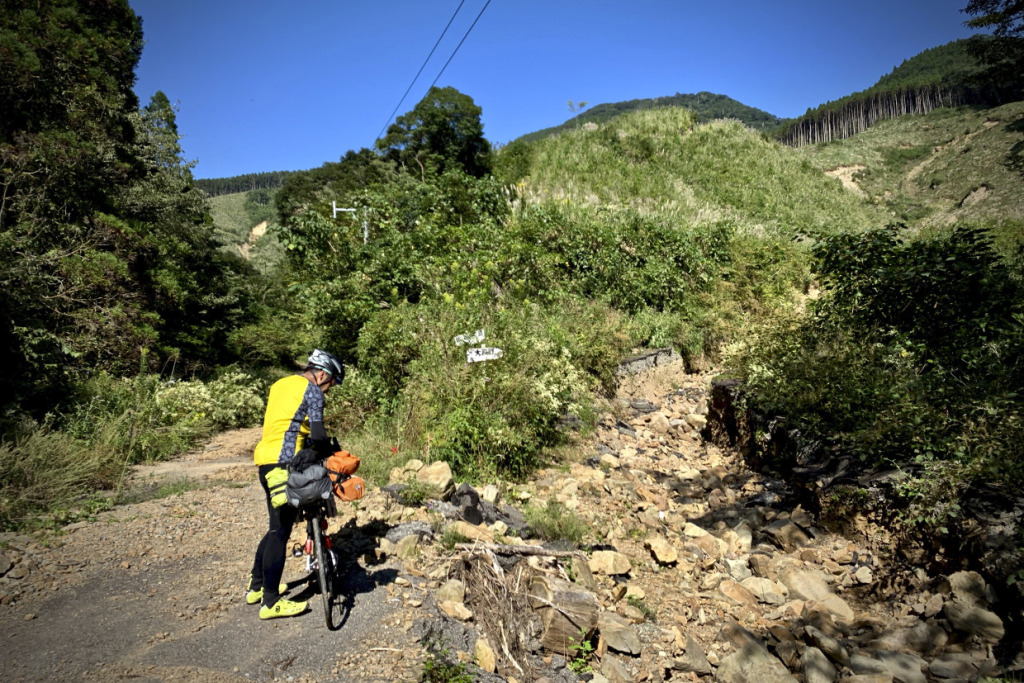
Like brevets, this type of race leaves route planning entirely up to the participants.
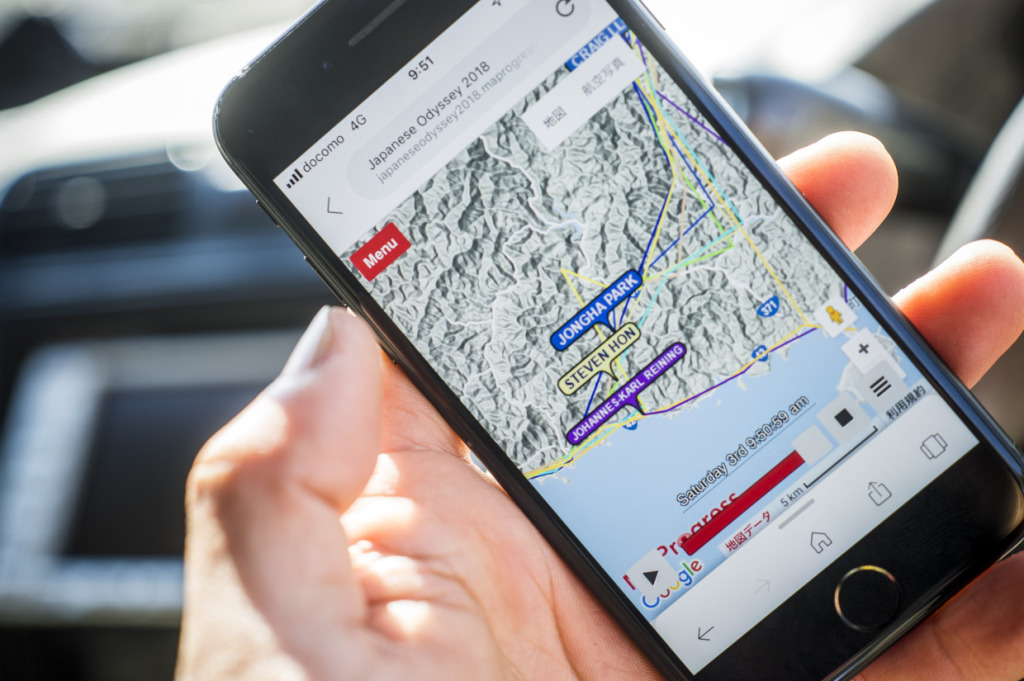
However, the challenge here is a far longer and more grueling journey than a brevet.
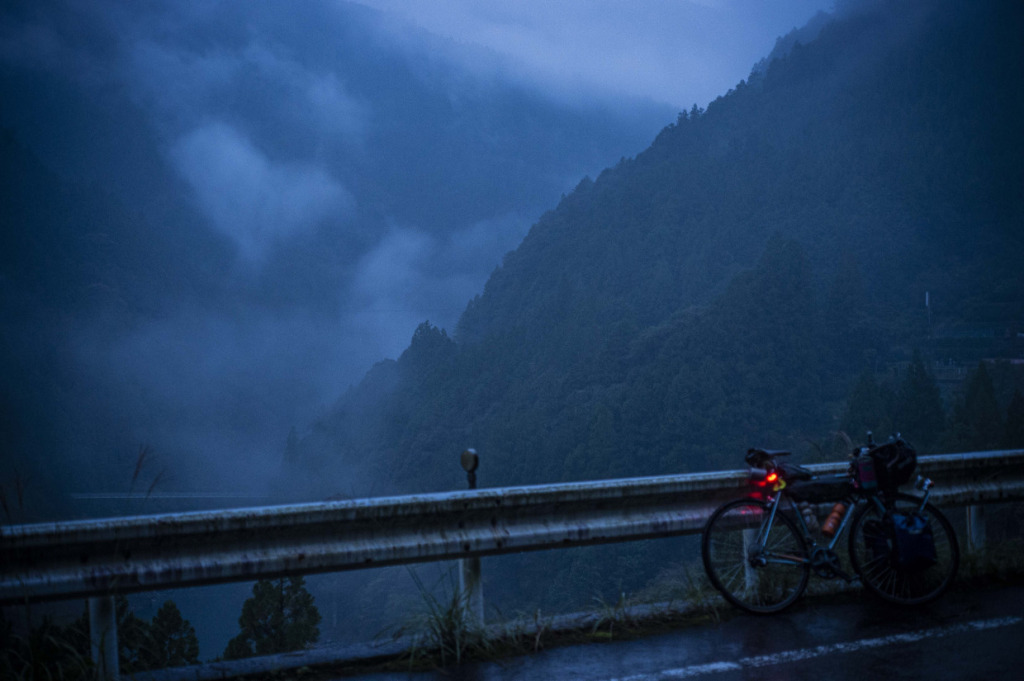
Over the two-week period and 3,000 km distance, cyclists will need to use not only their experience but also their sixth sense to efficiently or creatively connect the checkpoints.
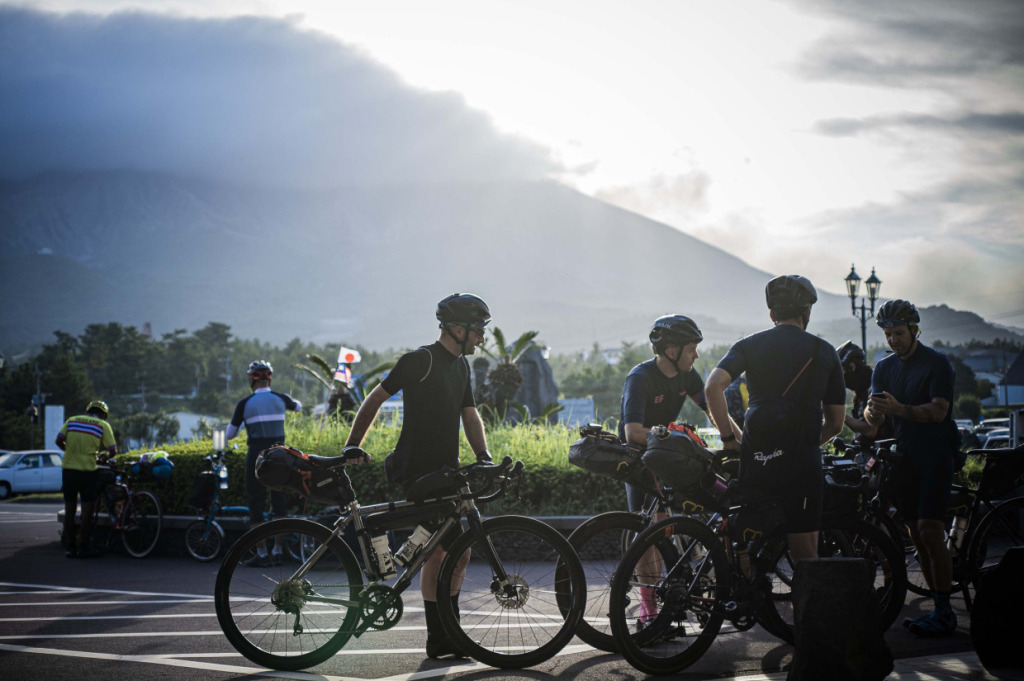
As I prepared for the interview and scrutinized the route, I was struck by the intriguing aspect of the CP (checkpoint) arrangement.
This approach seemed far too sophisticated for an amateur effort. What exactly was behind this method?
While Nihonbashi and Dotonbori are familiar, the way the CPs are masterfully distributed across the east and west seemed impressive even to seasoned Japanese cyclists.
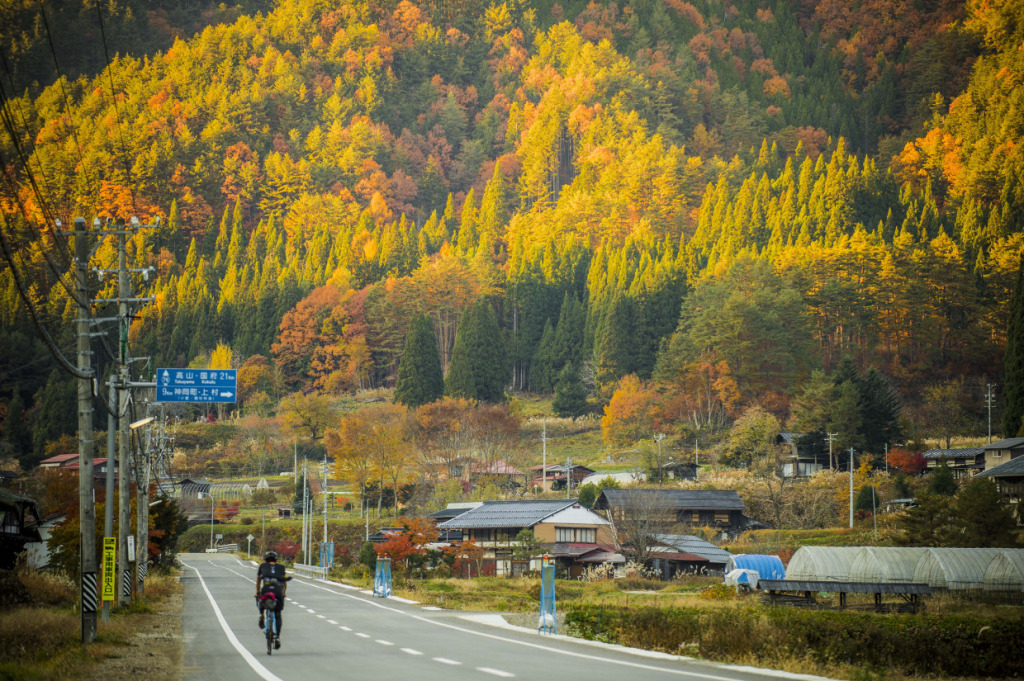
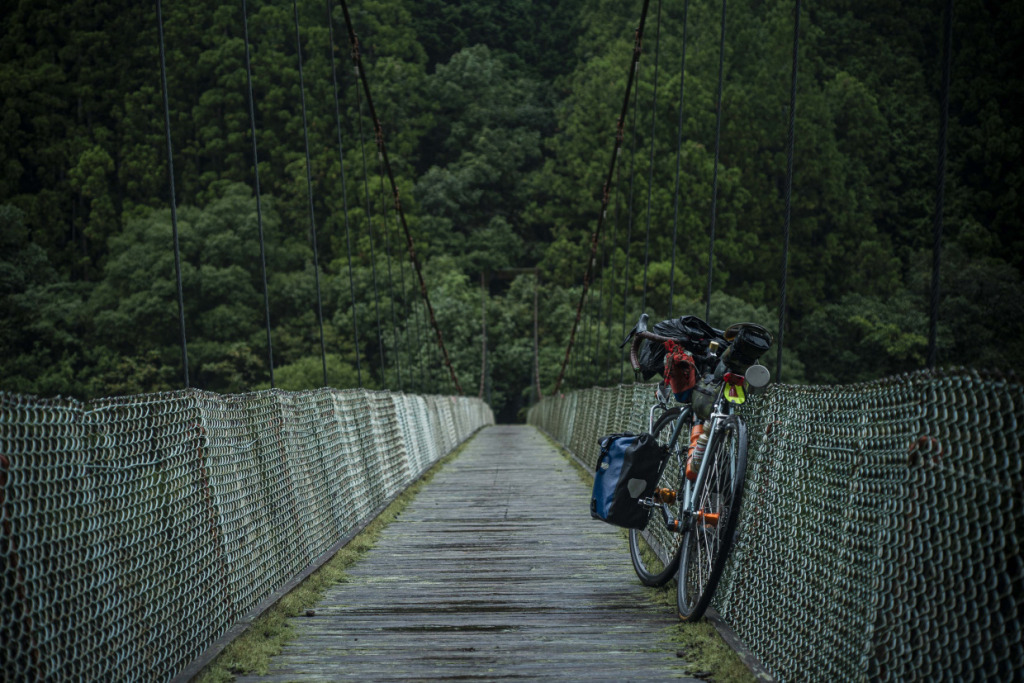
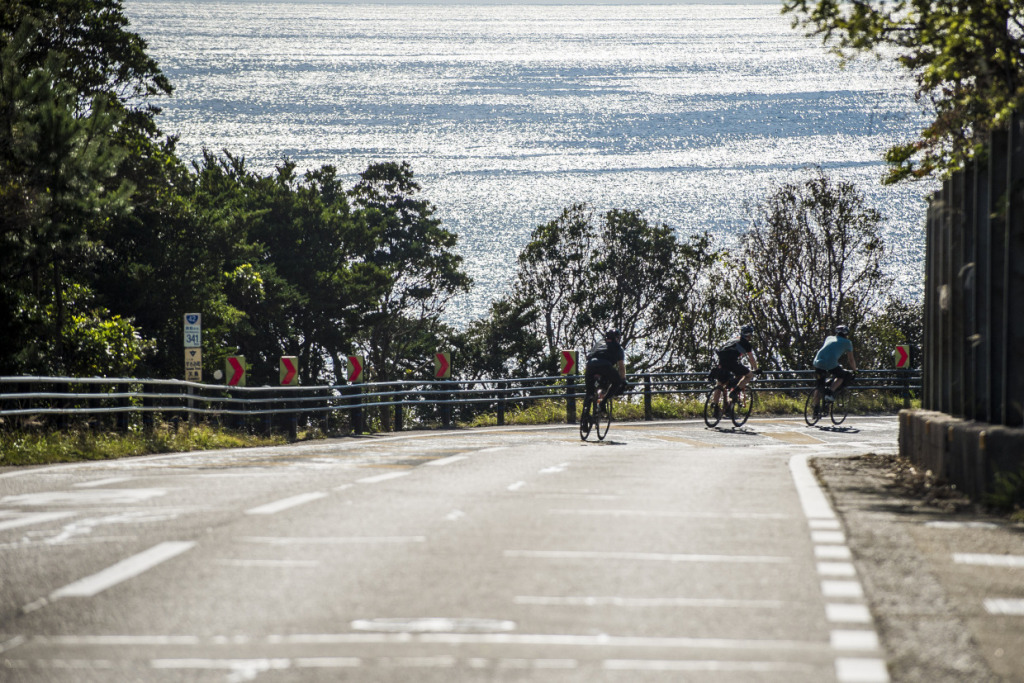
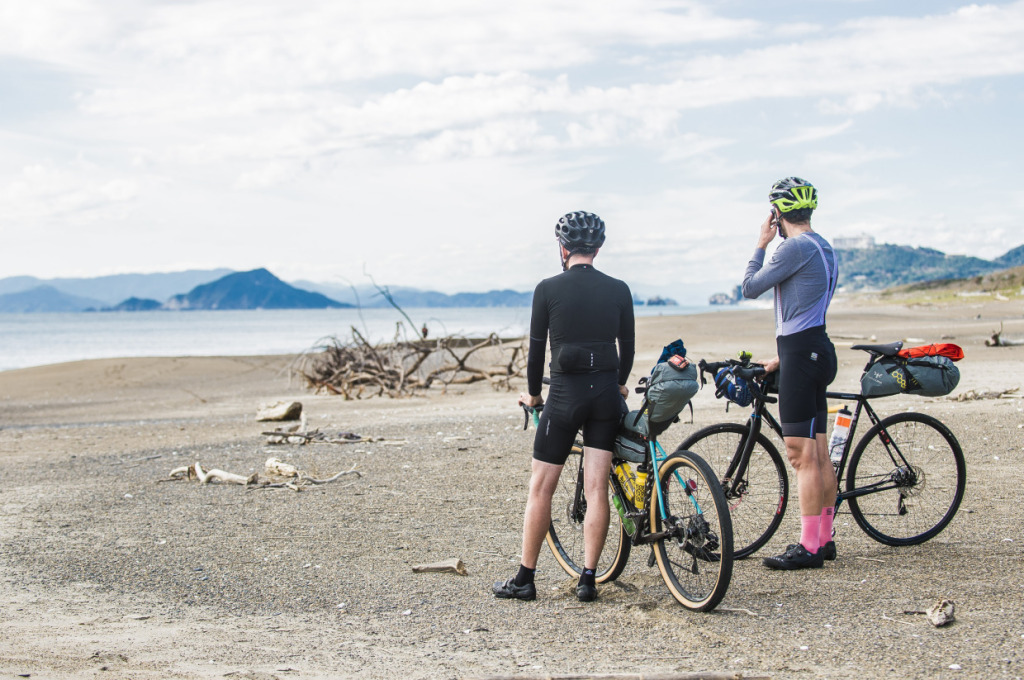
Could the route design team include Japanese Audax riders or experienced brevet enthusiasts? With most participants being foreigners, I wondered just how this uniquely Japanese “妙” (subtlety) in route design came to be.

I apologize for the personal nature of this, but as someone who enjoys mountaineering and has a hobby of exploring Japanese mountain culture and religious backgrounds, I couldn’t help but sense a hint of the “wabi-sabi” aesthetic that connects to figures like Saigyō and Bashō.
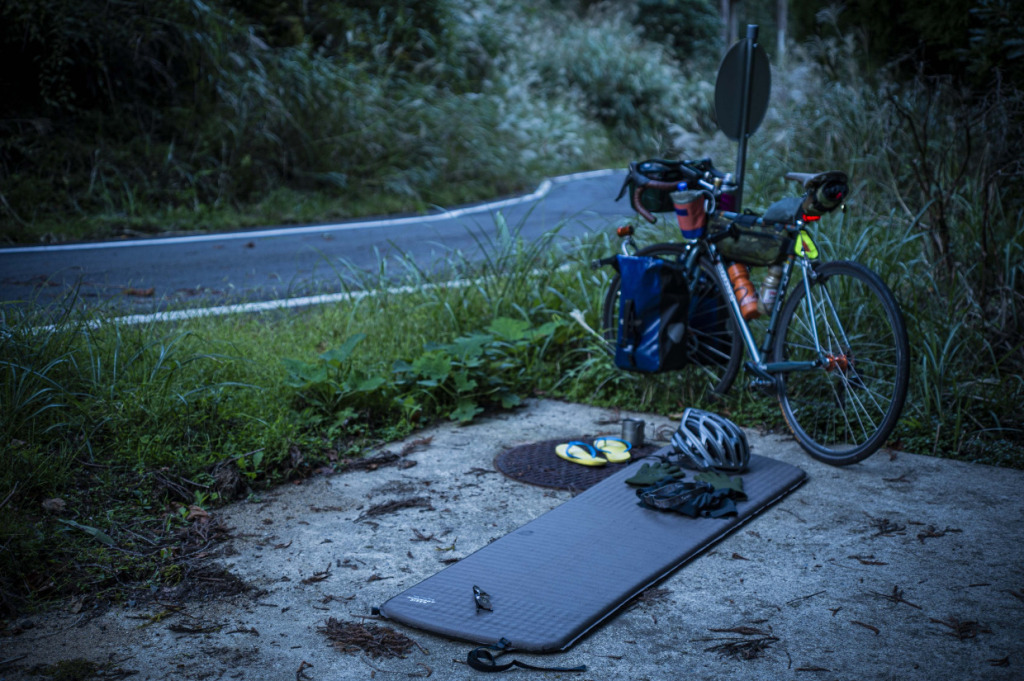
There seems to be a message hidden behind the route.
The Japanese Odyssey remains shrouded in mystery with yet another intriguing element.

“To be continued”
Next time
Finally making an appearance! The mastermind behind the “mystery”
🚴♂️The Japanese Odyssey Official Website
https://www.japanese-odyssey.com/
🚴♂️What is the Rumored Japanese Odyssey?
#01 Into the World of Ultra-Distance
#02 2015, aiming for July 18th.
#03 Toward The First Year of My “The Japanese Odyssey”
#04 A crazy setup.
#05 The mastermind behind the “mystery”
#06 “Japan favoritism” or “Bias towards Japan”
Text&Photo_ Eigo Shimojo
Profile
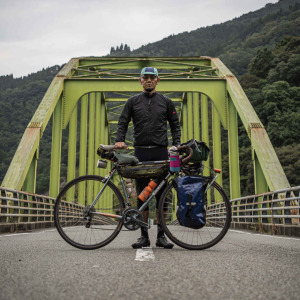
Eigo Shimojo
Born in Nagano Prefecture in 1974
Belongs to IPU Japan Photographers Union
He became independent in 2000 as a freelancer and established Greenhouse Studio, which handles a wide range of photography and video production.
His life’s work is pursuing underground HIPHOP and bicycle culture around the world.
Post Date:2024.09.13